Science 4.7(C)
identify and classify Earth's renewable resources, including air, plants, water, and animals, and nonrenewable resources, including coal, oil, and natural gas, and the importance of conservation.
- Free Plan
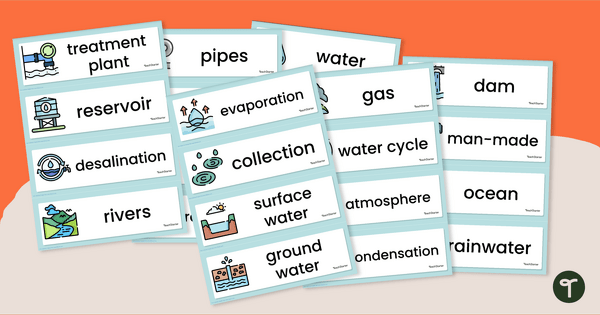
Water Cycle Words - Illustrated Word Wall
Boost vocabulary skills and understanding with an illustrated water cycle word wall.
- Plus Plan
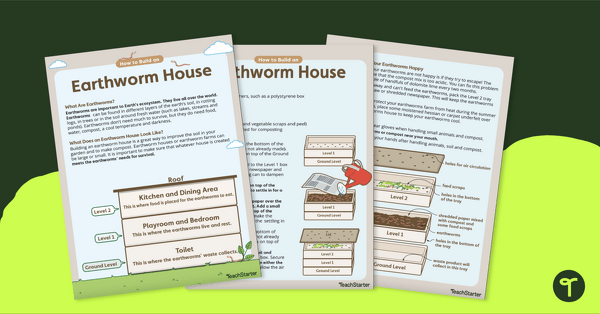
How to Build an Earthworm House Project
Learn to build an earthworm house with a step-by-step instructional guide.
- Plus Plan
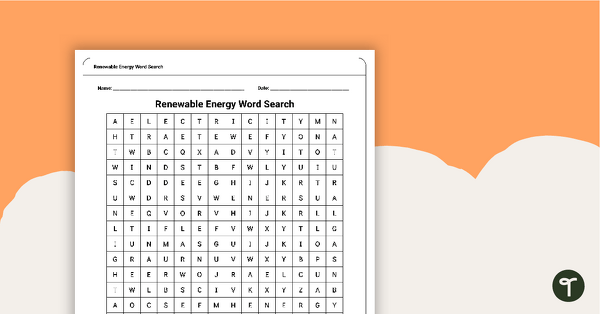
Renewable Energy Word Search
Review science vocabulary terms with an engaging renewable energy word search.
- Plus Plan
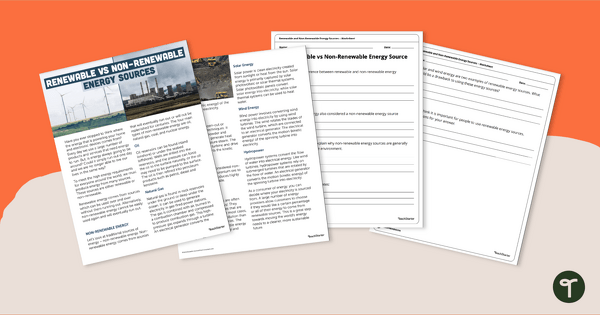
Renewable vs. Nonrenewable Energy Sources Worksheets
Discover the difference between renewable and nonrenewable energy sources with a comprehension passage and worksheet.
- Plus Plan
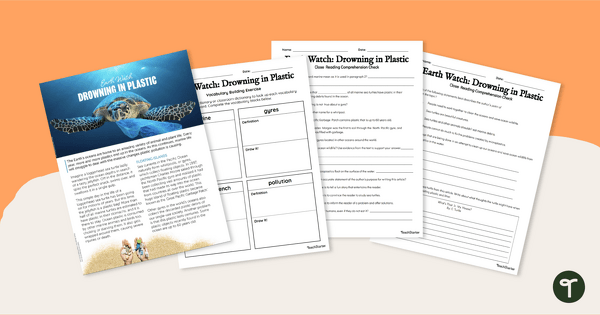
Earth Watch: Drowning in Plastic - Comprehension Worksheet
Practice reading comprehension skills and learn about microplastic pollution in our oceans with a reading comprehension activity.
- Plus Plan
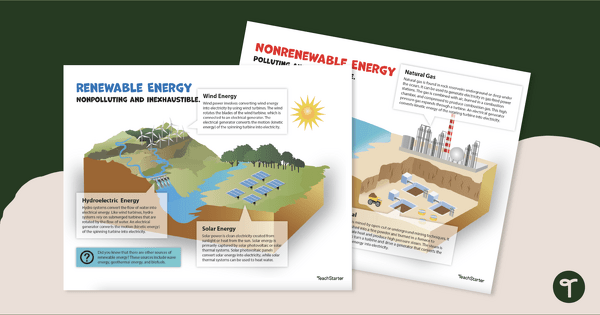
Renewable and Nonrenewable Energy Sources - Anchor Charts
Examine renewable and nonrenewable energy sources, including wind energy, hydro energy, solar energy, natural gas, oil, and coal with a pair of printable posters.
- Plus Plan
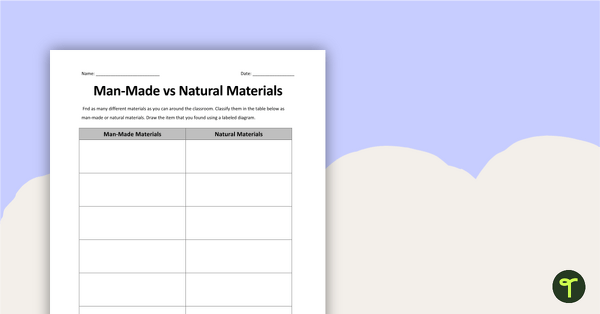
Man-Made vs Natural Materials Worksheet
Move around the classroom and identify different examples of manmade and natural materials with a gallery walk worksheet.
- Plus Plan
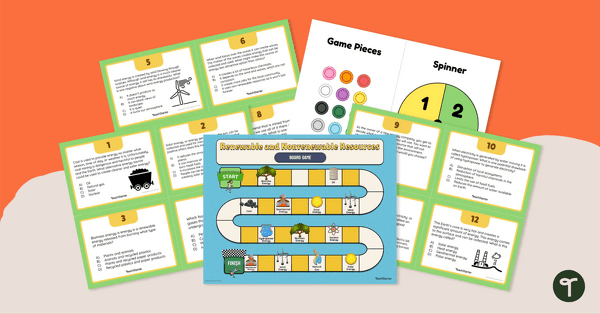
Renewable and Nonrenewable Resources – Board Game
Answer questions related to renewable and nonrenewable resources with this printable board game.
- Plus Plan

What are Natural Resources - Instructional Slide Deck
Explore natural resources, where they come from, and how we use them with an instructional slide deck.
- Plus Plan
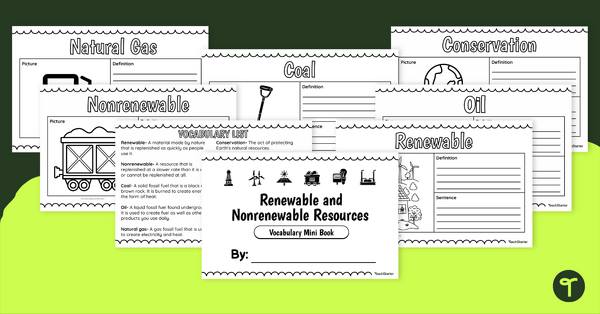
Renewable and Nonrenewable Resources – Vocabulary Mini Book
Reinforce science vocabulary by creating a booklet to reference when studying renewable and nonrenewable resources.
- Plus Plan
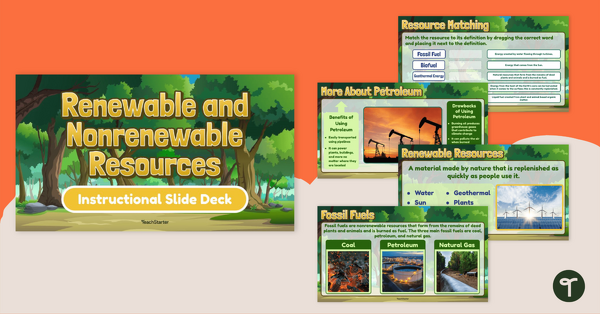
Renewable & Nonrenewable Resources – Instructional Slide Deck
Investigate the differences between renewable and nonrenewable resources as well as the benefits and disadvantages of each with this instructional slide deck.
- Plus Plan
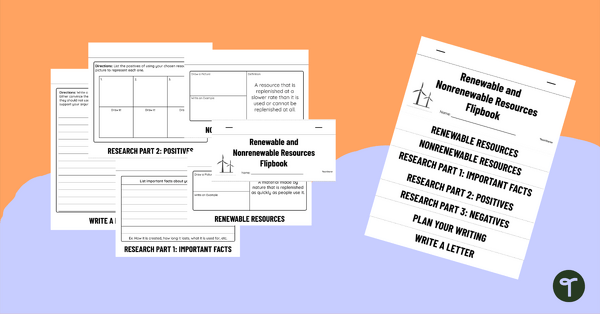
Renewable and Nonrenewable Resources Flipbook
Use this printable science flipbook with your students to research and write about a chosen natural resource.
- Plus Plan
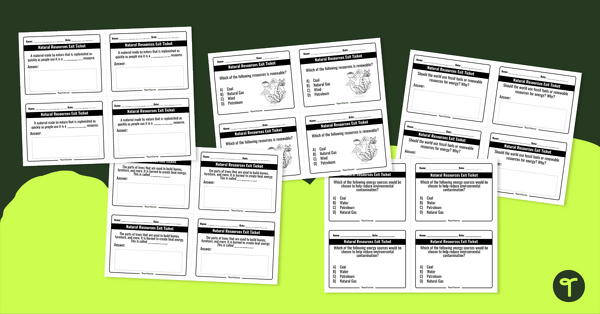
Natural Resources – Exit Tickets
Assess student understanding of natural resources with this set of exit tickets.
- Plus Plan
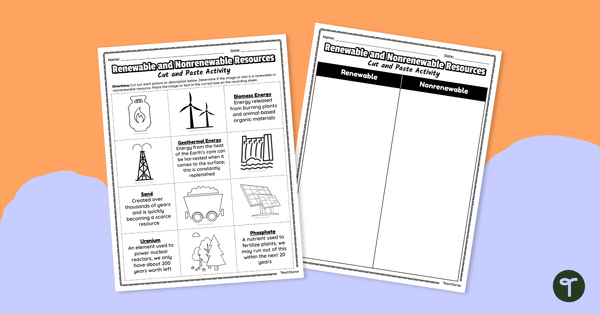
Renewable and Nonrenewable Resources – Cut and Paste Worksheet
Sort renewable and nonrenewable resources with this cut-and-paste science worksheet.
- Plus Plan

Renewable and Nonrenewable Resources Crossword Puzzle
Reinforce science vocabulary with a renewable and nonrenewable resources crossword puzzle.
- Plus Plan
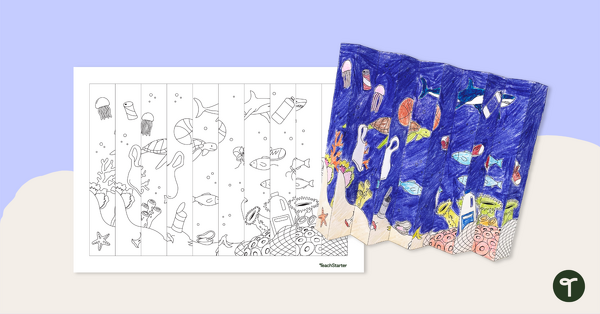
Ocean Pollution Art Activity
Inspire discussions about ocean pollution and environmental impact with an Earth Day art project.
- Plus Plan
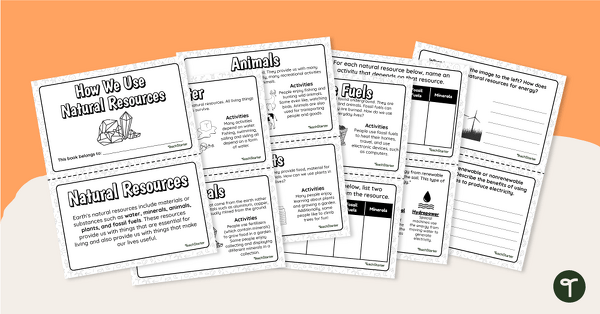
How We Use Natural Resources Mini-Book
Read and learn about how we use natural resources with this 12-page mini-book.
- Plus Plan

Grade 4 Daily Warm-Up – PowerPoint 1
A 70-slide PowerPoint presentation containing a variety of quick warm-up activities.
- Plus Plan
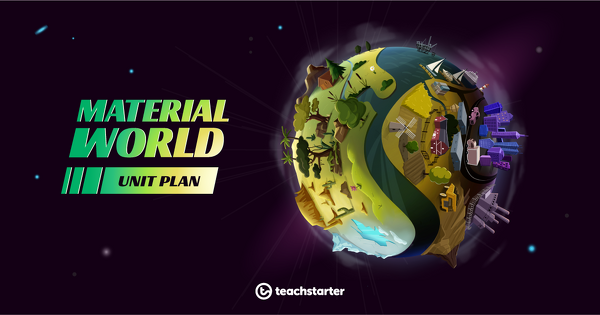
Material World Unit Plan
This Chemical Sciences unit investigates natural and processed materials. Demonstrations and experimental procedures are explored with particular attention given to the scientific method.
- Plus Plan
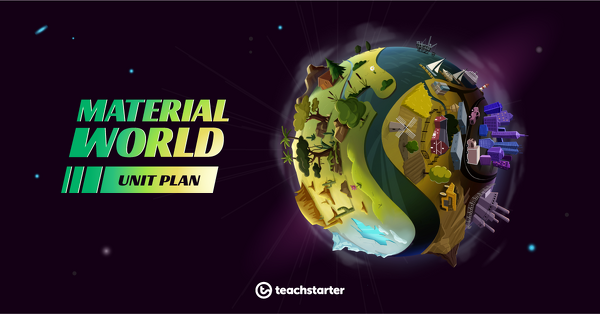
Working Scientifically Knowledge Check
An assessment task in which students will demonstrate their knowledge and understanding of how to work scientifically.
- Plus Plan
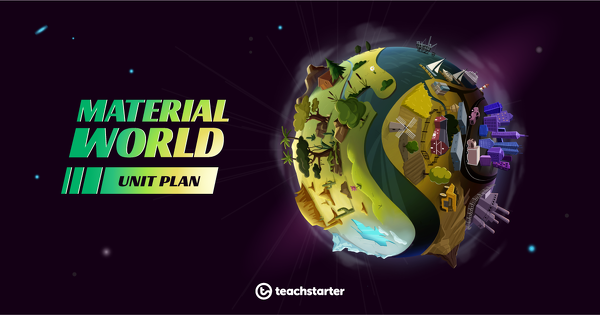
Fake Plastic Trees - A Demonstration Comparing Properties of Natural and Processed Materials
A 60 minute lesson in which students will compare the properties of natural and processed materials through a demonstration.
- Plus Plan
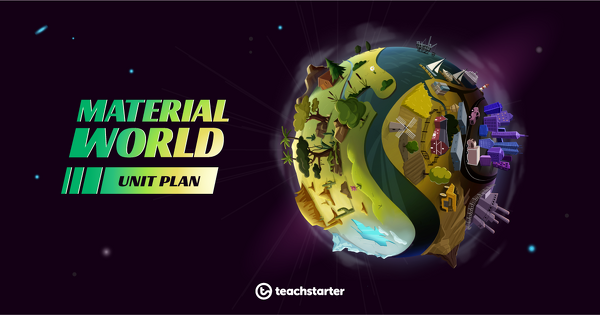
Plastic and Concrete - How Do People Use Processed Materials?
A 60 minute lesson in which students will investigate the ways humans produce and use processed materials.
- Plus Plan
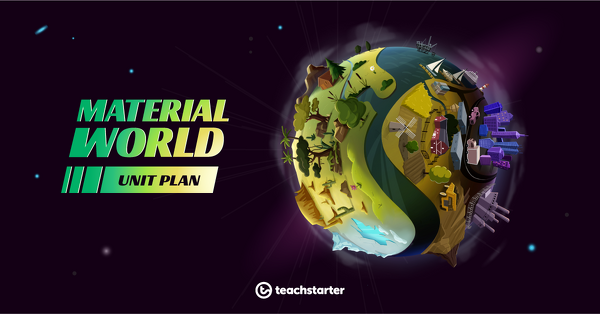
Natural Science - How Do People Use Natural Materials?
A 60 minute lesson in which students will investigate the use of natural materials by humans throughout history.